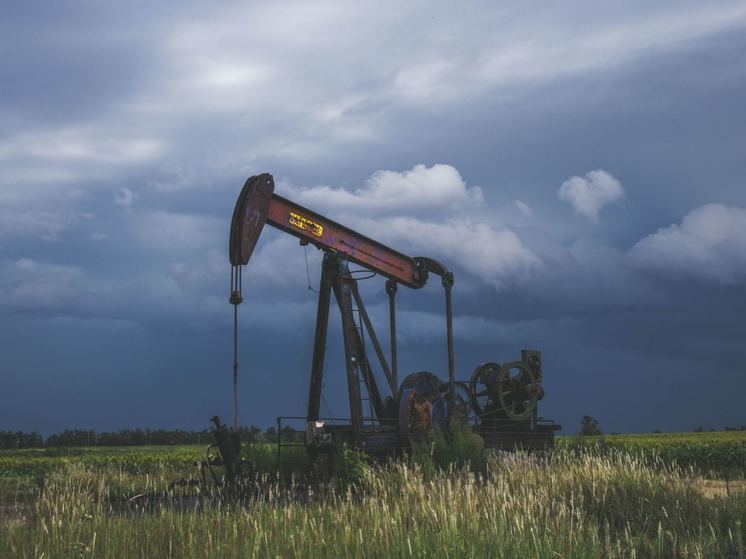Domestic exporters will not benefit from the crazy commodity rally
On the last day of October, oil prices, which had remained virtually unchanged for the past four months, fell by 1.5% to $85 per barrel. And although quotes began to rise on November 1, this short but significant decline gave rise to a great many contradictory forecasts. Moreover, analysts are not talking about how much oil can become cheaper, but about what price heights the conflict in the Middle East will bring its price to. In this absentee betting competition, American financiers won an unconditional victory, citing the figure of $250 per barrel. Russian commodity exports are unlikely to benefit from such largesse.
 Photo: unsplash.com
Photo: unsplash.com
The fact is that prices above $120 per barrel are of little interest to buyers. Therefore, in order not to face losses, OPEC+ countries, including Russia, will try to maintain the current level. But another thing is also obvious: the situation is not completely under their control: the decisive role in it today is played by geopolitics, first of all, the armed confrontation between Israel and the Palestinian group Hamas. The market is following developments, and the fact that Brent fell from $90 to $85 per barrel on October 31 is explained not by fundamental reasons, but by the ground operation of the Israeli armed forces in the Gaza Strip.
The level of concern among commodity investors and traders about a possible escalation of hostilities in the region has clearly decreased. As you know, the higher the degree of military-political tension, the more expensive energy resources are. As the World Bank recently suggested, in the event of a “major disruption” In a market comparable to the Arab oil embargo of fifty years ago, the global supply of “black gold” is will decrease by 6-8 million barrels per day (approximately 6-8% of supply in 2023), and quotes will increase by 56-75% — up to $140-157 per “barrel”.
Let us recall that in 1973, the global fuel crisis began on October 17 with a statement by a group of Arab oil-producing countries (Saudi Arabia, Kuwait, Qatar, Bahrain, the United Arab Emirates, Iraq, Syria, Egypt, Algeria, Tunisia and Libya) that they would not supply raw materials to states who supported Israel during the Yom Kippur War. This concerned the United States and its allies in Western Europe. As a result of the “energy Pearl Harbor” During 1974, oil prices rose from $3 to $12 per barrel.
Now history may repeat itself. The most radical forecast regarding further price dynamics was issued by Bank of America analysts. According to their estimates, prices could rise above $250 per barrel if Iran decides to ban ships from passing through the Strait of Hormuz for a long time — an important transport channel for oil supplies (about 40% of exports to Europe). In this regard, I would like to understand what is happening and will happen with Russian raw material exports, what risks are posed by the current unstable circumstances.
“In general, our supplies to China, India, and other key partners remain at a high level. Some fluctuations are observed, but not critical, — says Director of the Energy Development Fund Sergei Pikin. — If at some point a drawdown occurs, this is due to purely technical issues: somewhere we didn’t agree on payments in a certain currency, somewhere a refinery was undergoing preventive maintenance. In general, oil trading from month to month — it’s a purely contractual, market-based matter: today more contracts were concluded, tomorrow fewer, and not at all because someone stopped liking Russian oil.”
As for the forecasts, many look downright utopian. The “Middle East premium” included in the quotes is gradually going to zero, as the conflict in the region is de-escalating, becoming protracted and sluggish. There will be no repetition of the 1973 scenario: today oil-producing countries do not intend to boycott anyone. According to Pikin, prices for the benchmark Brent crude will be close to $90 per barrel, since the expected recession in the United States has not yet begun, and the Chinese economy still needs additional volumes of energy.
«Decrease oil quotations on the world's largest exchanges are associated with increased production in OPEC countries, as well as market expectations that Turkey will resume its supplies, — says the head of the analytical department of AMarkets Artem Deev. — That's why Brent futures hit their lowest level since mid-September — $85 per barrel. The situation will definitely affect the Russian Urals variety. Now he has shown even slight growth — to $75.8 (according to the Ministry of Finance, in October the average price was 81.5, with the Brent price at $91), which is explained by the effect of reducing the discount. However, in the near future it is expected that Urals will fall to $72-73.»


